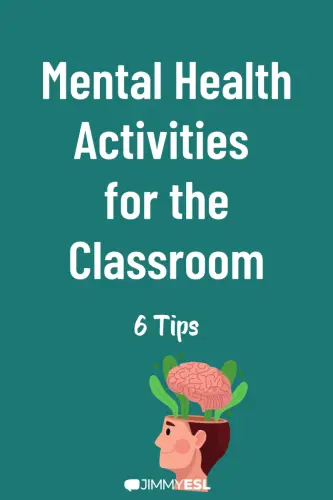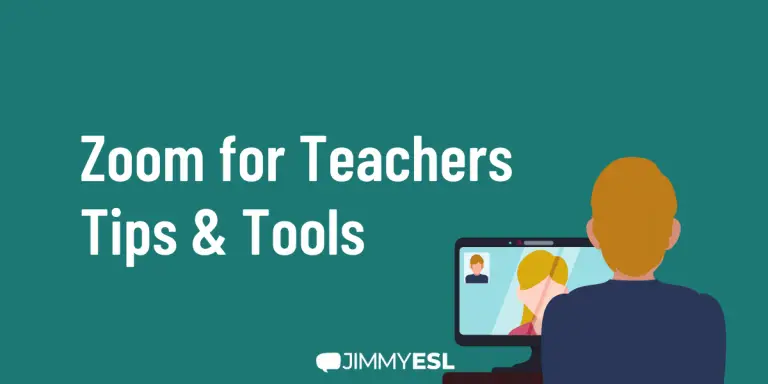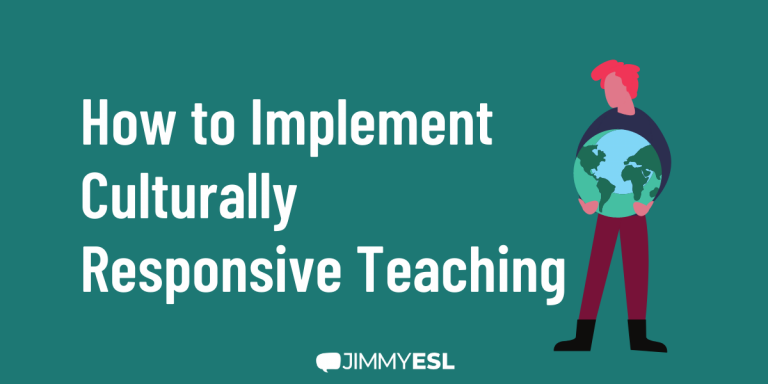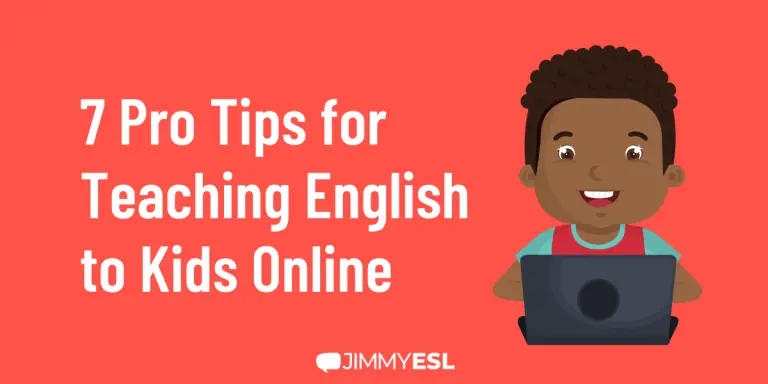Mental Health Activities for Students: 6 Tips for the Classroom
Did you know that including health-related activities in your classroom makes teaching and learning easier and more effective? And that your student’s emotional health has an impact on their academic performance?
Addressing your student’s mental health is essential to helping them live a healthy life, connect with their peers, and improve their grades. Emotionally healthy students can control their emotions, thoughts, feelings, and behavior, even as they progress through life stages.
In this post, you’ll find tips how you as the teacher can recognize mental health issues of your students, as well as what mental health activities you can incorporate in your lessons.

What is Mental Health?
Mental health refers to the psychological and social well-being of a person. Mental health affects how we cope with life, manage stress, relate with others, concentrate and make decisions.
Research shows that nearly half of all mental health issues start at 14, and 75% start at 24. And, mental health issues cause 64% of students to drop out of school.
Here are some factors that affect mental health:
- Biological factors such as genes
- Life experiences like childhood abuse, sickness, and discrimination
- Cultural beliefs
- Family history
- Lifestyle such as hanging out with the wrong crowd
- Substance abuse
Can Poor Mental Health Lead to Mental Illness?
The most prevalent mental health issue that students struggle with is stress because of pressures from their education, relationships, socializing, and finances.
Positive stress, also known as eustress, is not bad for your students since it motivates them to work hard and perform better. Negative pressure, also referred to as distress, can lead to energy loss, interest, and poor performance.
When negative stress is long term, it can be harmful and, if not addressed early, can lead to the following mental disorders:
- Depression
- Anxiety
- Eating disorders
- Self-harm or suicidal thoughts
- Addiction
How a Teacher can Recognize a Student is Struggling with Mental Health
Reports show that one in five students is struggling with mental health issues. And since teachers see a student every day, they may be one of the first to notice their struggle.
Here are a few ways you can identify the change of behavior in your student.
- Sleeping often during class lessons
- Anxiety
- Frequent crying.
- Lack of concentration in class
- Reduced activity
- Not socializing (withdrawn or isolated)
- A drop in performance
- Change in their attitude
- Skipping school
- Hyperactivity
- Weight loss/gain
Mental Health Activities for Students in a Classroom
Teachers can help their students deal with and eliminate mental health issues by including healthy activities in their lessons. Here are some ways of reducing poor mental health in your students:
1. Playing fun games together
Playing entertaining games with your students can help them relax and socialize, while also reducing stress. Playing with them will strengthen your bond with them and help you understand them better.
When you play any game (even if it’s just a simple puzzle), your brain releases chemicals like dopamine. Dopamine is in charge of how we feel pleasure, such as when we win a game.
Browse our directory of fun ideas for ESL lesson activities and games.
2. Conduct class meetings
You can start by setting aside a few minutes and having a small meeting. Because many things happen on weekends, you can choose to have the meetings on Mondays. There is no need for the conversation to be serious or formal.
Simply ask a few questions, like how do you feel today? How was your weekend? What is your goal for the week? And so on. Encourage your learners to speak openly about matters that concern them, and reassure them that your doors are always open if they need to chat with you. Simple conversations can help you identify early signs of mental health disorders.
3. Integrate technology into your lessons
Children today are growing up surrounded by technology. So, why not integrate this technology into your lessons? Try using Digital SEL (Social and Emotional Learning) to promote self-awareness, self-management, relationship skills, social awareness, and responsible decision-making.
Your teaching style and age of the students will determine which SEL program is appropriate for the learners.
4. Show kindness to others, as well as to your students
One of the best ways to a better mood is to be nice to others. Try motivating your students to participate in random acts of kindness. It will improve their self-esteem and change their attitudes.
You can opt to visit the homeless, orphans, or elderly. You can also assist a student whose parents or siblings suffer from a chronic illness by visiting them or contributing funds for their treatment.
5. Taking short walks and going on class trips
Research shows that walking helps us relax our minds and improve our spirits. When you walk, your brain releases endorphins, a chemical that helps to reduce pain and tension.
You can add walking activities in your lessons, even if it’s only for 20 minutes. It can help in the improvement of self-esteem, self-perception, socialization, and depression reduction.
6. Create opportunities to learn how to prevent stigma associated with mental Illnesses
Encourage your students to discuss mental health. Assist them in understanding what mental health is, and that mental health issues may affect anyone.
To raise awareness among students, you can hold a Mental Health Awareness Week or Day with your students. Ensure that all kids are aware of the effects of mental illness and the associated stigma. Make clear that discrimination against persons with mental health issues might hinder their recovery.
You might also try out different activities and see which ones work best for your students.
Also read: Tips on how to create a welcoming classroom for international students.
Sources
- sprc.org – Consequences of Student Mental Health Issues
- mentalhealth.gov – What Is Mental Health?
- sunshinebehavioralhealth.com – Tool Kit: Stress and Students
- nami.org – CDC: One In Five Kids Lives With A Mental Health Issue
- mentalhealth.gov – What To Look For
- mentalhealth.org.uk – Kindness Matters guide
- ncbi.nlm.nih.gov – Experimental Effects of Brief, Single Bouts of Walking and Meditation on Mood Profile in Young Adults
- https://www.psychiatry.org – Mental health stats.





